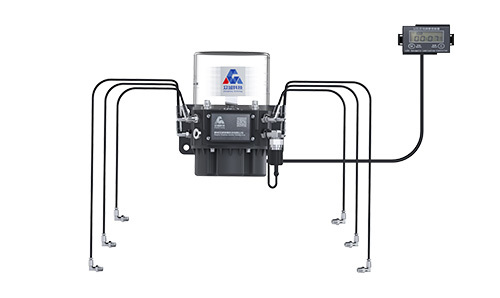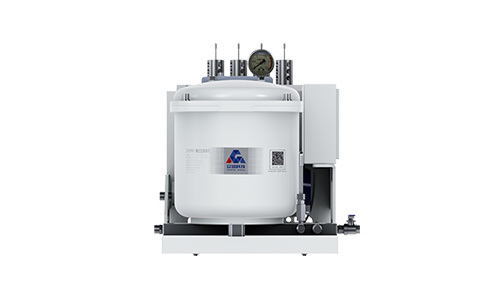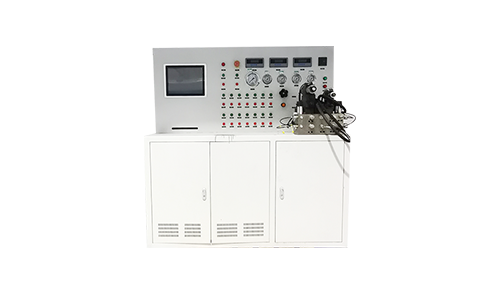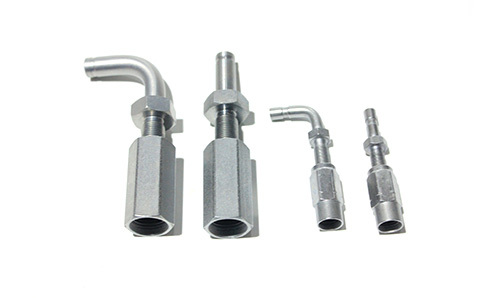Understanding the Bypass Multifunctional Oil Sensor: A Key Component in Generator Systems
The bypass multifunctional oil sensor is an integral part of generator systems, particularly in the field of electrical and power generation. This device plays a critical role in monitoring oil levels, temperatures, and quality, ensuring optimal operation of the generator. Understanding its functions and advantages can significantly enhance the performance and longevity of your equipment.
One of t
The bypass multifunctional oil sensor is an integral part of generator systems, particularly in the field of electrical and power generation. This device plays a critical role in monitoring oil levels, temperatures, and quality, ensuring optimal operation of the generator. Understanding its functions and advantages can significantly enhance the performance and longevity of your equipment.
One of the primary functions of the bypass multifunctional oil sensor is to monitor oil levels. Adequate oil levels are essential for the smooth operation of generators, as they lubricate moving parts and reduce friction. If the oil level falls below a certain threshold, the sensor activates an alert, prompting operators to take action before any damage occurs. This feature is crucial in maintaining the generator’s efficiency and preventing costly repairs.
In addition to monitoring oil levels, the multifunctional sensor also keeps track of oil temperature. Excessive heat can degrade oil quality, leading to reduced lubrication properties and increased wear on engine components. The bypass multifunctional oil sensor provides real-time temperature readings, enabling proactive measures to avoid overheating. This functionality not only protects the generator but also enhances its operational efficiency.
Another key aspect of the bypass multifunctional oil sensor is its ability to assess oil quality. Over time, oil can become contaminated with particles and debris, which can compromise the performance of the generator. The sensor can detect changes in the oil’s properties, providing valuable data that allows for timely oil changes or maintenance. This ensures that the generator operates under optimal conditions, extending its lifespan and reliability.
Furthermore, integrating a bypass multifunctional oil sensor into your generator system can improve overall safety. Generators can pose risks if not monitored properly, and having a reliable sensor in place reduces the chances of hazardous situations arising due to low oil levels or overheating. By ensuring that the generator operates within safe parameters, operators can maintain a secure working environment.
Lastly, implementing a bypass multifunctional oil sensor can lead to cost savings for businesses. By preventing potential failures and extending the life of the generator, companies can reduce maintenance costs and avoid downtime. This efficiency translates into better productivity and a more robust bottom line.
In conclusion, the bypass multifunctional oil sensor is a vital component that enhances the performance, safety, and longevity of generator systems in the electrical and power generation industry. Understanding its functions—oil level monitoring, temperature regulation, and quality assessment—can help operators make informed decisions, leading to improved operational efficiency and reduced costs. Investing in such technology not only safeguards your equipment but also ensures a reliable power supply for your operations.
One of the primary functions of the bypass multifunctional oil sensor is to monitor oil levels. Adequate oil levels are essential for the smooth operation of generators, as they lubricate moving parts and reduce friction. If the oil level falls below a certain threshold, the sensor activates an alert, prompting operators to take action before any damage occurs. This feature is crucial in maintaining the generator’s efficiency and preventing costly repairs.
In addition to monitoring oil levels, the multifunctional sensor also keeps track of oil temperature. Excessive heat can degrade oil quality, leading to reduced lubrication properties and increased wear on engine components. The bypass multifunctional oil sensor provides real-time temperature readings, enabling proactive measures to avoid overheating. This functionality not only protects the generator but also enhances its operational efficiency.
Another key aspect of the bypass multifunctional oil sensor is its ability to assess oil quality. Over time, oil can become contaminated with particles and debris, which can compromise the performance of the generator. The sensor can detect changes in the oil’s properties, providing valuable data that allows for timely oil changes or maintenance. This ensures that the generator operates under optimal conditions, extending its lifespan and reliability.
Furthermore, integrating a bypass multifunctional oil sensor into your generator system can improve overall safety. Generators can pose risks if not monitored properly, and having a reliable sensor in place reduces the chances of hazardous situations arising due to low oil levels or overheating. By ensuring that the generator operates within safe parameters, operators can maintain a secure working environment.
Lastly, implementing a bypass multifunctional oil sensor can lead to cost savings for businesses. By preventing potential failures and extending the life of the generator, companies can reduce maintenance costs and avoid downtime. This efficiency translates into better productivity and a more robust bottom line.
In conclusion, the bypass multifunctional oil sensor is a vital component that enhances the performance, safety, and longevity of generator systems in the electrical and power generation industry. Understanding its functions—oil level monitoring, temperature regulation, and quality assessment—can help operators make informed decisions, leading to improved operational efficiency and reduced costs. Investing in such technology not only safeguards your equipment but also ensures a reliable power supply for your operations.
Previous
















